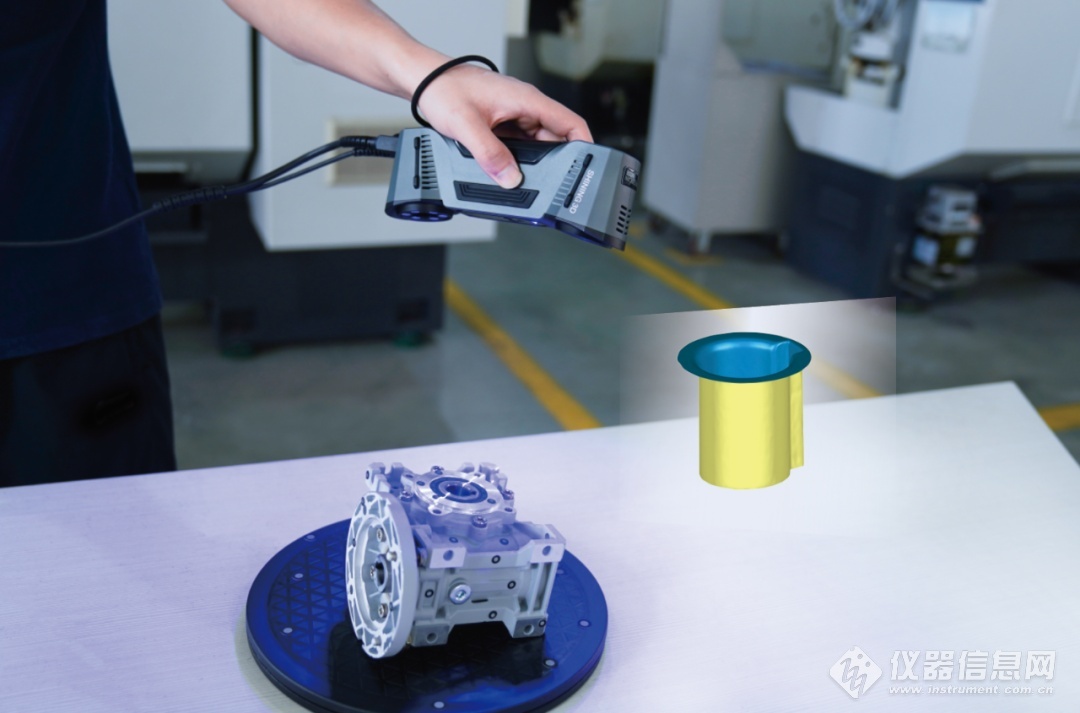In the landscape of modern manufacturing, 3D printing is currently undergoing a transformative phase. Technological advancements not only enhance the capabilities of 3D printers but also make them more accessible and versatile. This article delves into the latest innovations in 3D printer technology, spotlighting changes in printing speed, manufacturing costs, techniques, materials, and applications.
The Latest Innovations in 3D Printing
High-Speed Printing
Recent breakthroughs in speed are transforming the 3D printing landscape. Technologies such as Continuous Liquid Interface Production (CLIP) and High-Speed Sintering (HSS) have significantly reduced printing times from hours to minutes. This increase in speed not only facilitates quicker prototyping but also opens up the potential for higher volume production, rendering 3D printing more viable for large-scale manufacturing.
Reduced Manufacturing Costs
Advances in technology have led to a reduction in the cost of 3D printers, making them more affordable for small businesses and hobbyists. Additionally, newer printers are designed to minimise waste, use less energy, and offer more efficient material usage, contributing to an overall reduction in manufacturing costs.
Advanced Printing Techniques
Several printing techniques have evolved, enhancing precision, reliability, and material capabilities. Stereolithography (SLA) printers, known for their precision, have seen improvements in speed and material capabilities. Fused Deposition Modelling (FDM) technology has advanced in terms of reliability and its ability to work with a broader range of materials, including composites. Selective Laser Sintering (SLS) technology is being refined for better detail and surface finish, making it ideal for complex, high-strength applications.
Diverse Printing Materials
Modern 3D printers can now handle a diverse range of materials, from traditional plastics to metals, ceramics, and even bio-materials. The development of custom filament blends allows for properties like enhanced strength, flexibility, or thermal resistance, tailored to specific project needs.
Revolutionary 3D Printing Applications
Innovations in the medical field range from custom prosthetics to bioprinting organs and tissues, revolutionising healthcare fields such as prostheses and dentistry. The aerospace and automotive industries benefit from the ability to produce lightweight, strong parts, reducing fuel consumption and improving performance. Additionally, 3D printing in construction is emerging, with the potential to create structures quickly and with less waste.
Future Outlook: What Lies Ahead
The future of 3D printing holds exciting prospects. Anticipated developments include multi-material and full-colour 3D printing, greater integration of AI and machine learning for optimised designs, and continued improvement in speed and cost-effectiveness. These advancements are poised to redefine manufacturing, research, and development across various sectors.
A Transformative Journey
The evolution of 3D printer technology signifies a transformative journey for manufacturing and beyond. As the latest innovations make 3D printing faster, more affordable and more versatile, we step into a world where the only limit to creation is our imagination. The profound and far-reaching impact of these developments spans industries, healthcare, education, and homes alike.





